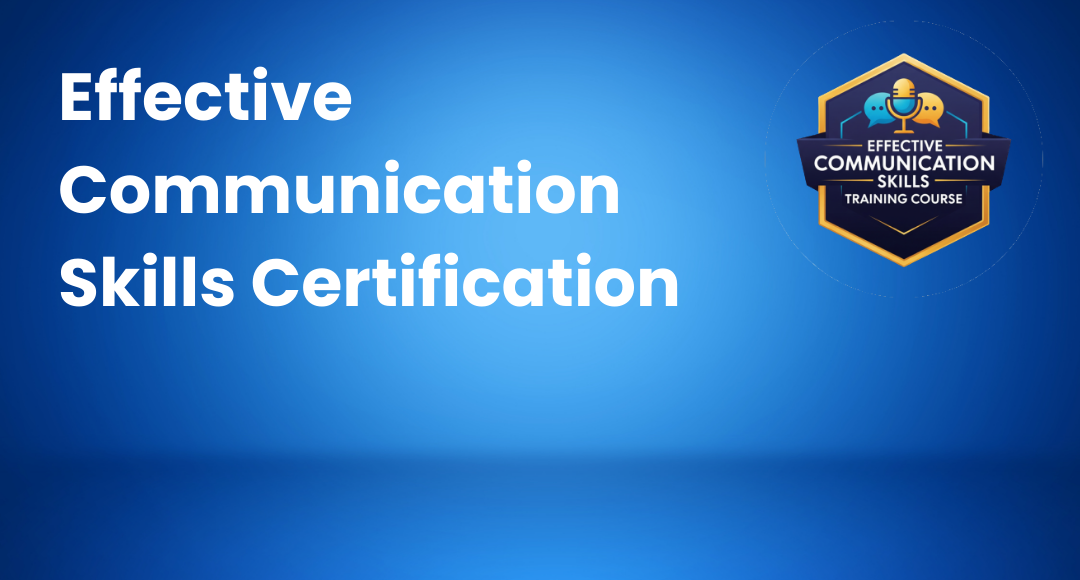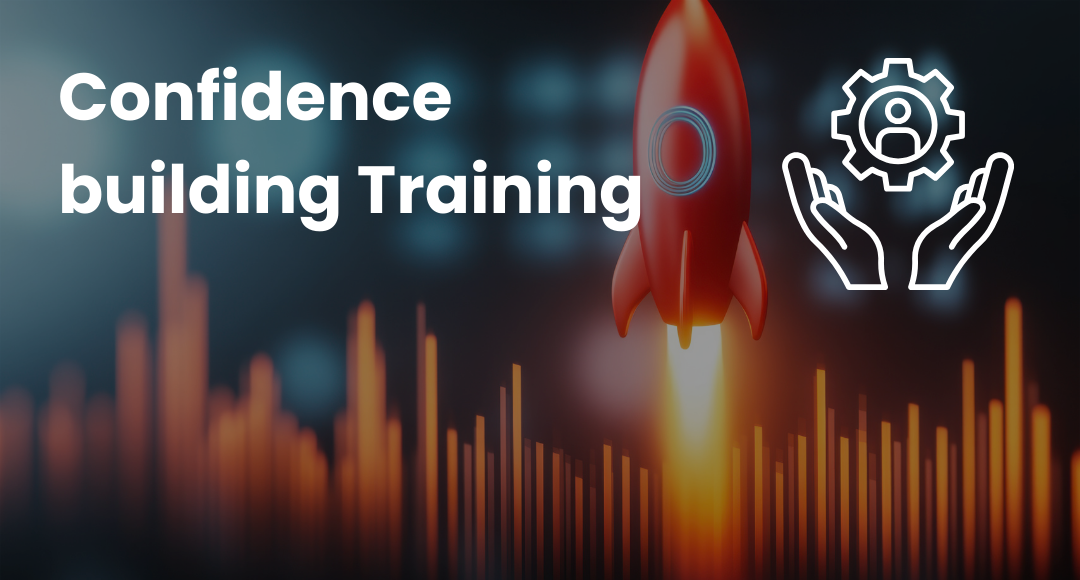Google and Innovation: What Makes it Most Innovative?
-
 By Nchumbeni Yanthan
By Nchumbeni Yanthan - Published on Dec 2 2024

Google's Innovation: A Brief Introduction
Google’s relentless innovation has revolutionized industries, including business management, making it a global leader in technology. With over 90% market share in search engines as per StatCounter Global Stats reports, interesting demanding AI tools like Google Bard, and transformative products such as Android OS and Google Cloud, Google sets the standard for innovation. Its workplace culture, consistently ranked among the world’s best, fosters collaboration and creativity. Explore how Google’s advancements in business management solutions, data-driven strategies, and futuristic projects empower organizations globally and cement its position as the most innovative company in the world.
Table of Contents
- Google and Innovation: What Makes it the Most Innovative Company?
- How Innovation Drives Success at Google
- Notable Examples of Google’s Greatest Innovations
- Augmented Reality (AR): Distinguishing the Digital and Physical Realities
- How Google Drives Innovation Through Open-Source Contributions?
- The Bottom Line: Google Inspires Future Innovators
- FAQs
Google and Innovation: What Makes it the Most Innovative Company?
Google and innovation share information to influence the development of technology. They are two peas in a data pod, hand in hand. Google is a tech powerhouse that was created in 1998 and has markedly transformed how we interact with information. To arrange all of the world's knowledge, Sergey Brin and Larry Page launched Google, which has produced ground-breaking innovations. In addition to its main search engine, Google has research as well as technology in the areas of augmented reality, self-driving automobiles, and artificial intelligence. This article and the Google innovation strategies show examples of the state-of-the-art technology that supports Google's significant success.
How Innovation Drives Success at Google
Here, innovation is more than just a tactic; it is an essential principle that drives ground-breaking discoveries and significant concepts. This tech powerhouse continually changes sectors by funding new studies, requesting innovation, and taking cautious risks. Let's examine its strategy for innovation: Significant Research and Development Expenditure
Significant Research and Development Expenditure
The business invests billions of dollars a year in creating modern technologies like artificial intelligence, quantum computing, and sustainable solutions. It remains to be the benchmark in many industries because of this forward-thinking strategy.
Embracing Risks and Learning from Failures
Failures are seen as opportunities to get better. However, besides their shortcomings, proposals like Google Glass set the stage for wearables and virtual reality developments. This mindset of learning from challenges drives consistent progress. This mindset of learning from challenges drives consistent progress.
Giving Talent the Freedom to Develop
By implementing programs like the "20% time" policy, which has accompanied advancements like Google Maps and Gmail, companies encourage their staff to think creatively. This culture of autonomy inspires creativity and fuels impactful projects.
Policies Designed to Spark Creativity
From collaborative hackathons to inclusive work environments, the company fosters a culture that prioritizes creative thinking. These policies enable employees to explore bold ideas and turn them into reality.
Taking Risks and Embracing Failure Even though projects like Google Glass might not have been profitable, the knowledge they made helped open the door for more success in the future. Google's approach to gaining more details from mistakes is an essential component of its innovation strategy.
Investing in Talent and Creative Freedom
Google hires top talent globally and gives them the freedom to innovate. The "20% time" policy, for example, has led to groundbreaking projects like Gmail, exemplifying how Google innovation strategies nurture creativity.
Policies That Spark Creativity
From inclusive workspaces to hackathons, Google fosters a culture of collaboration. Its policies ensure that every employee can contribute to shaping the future of technology.
Notable Examples of Google’s Greatest Innovations
Google's creative solutions have consistently transformed technology, affecting a wide range of industries and making life easier, more accessible, and more connected. Let us examine some of the most noteworthy Google innovation examples that prove Google's capability to affect the future through innovation and technology.
Search Engine Algorithms: The Backbone of Google's Digital Revolution
The product that made Google famous throughout the world is still its search engine. Strong algorithms like RankBrain and PageRank are at the core of this innovation. These systems continually improve the ranking and display of search results by using machine learning and artificial intelligence (AI). Google makes sure you can always find the information you need by putting importance on user intent and relevancy. Because these algorithms adjust to the way users search, Google is able to give clear, meaningful results as per each user's needs, adding to its position as the most popular and trusted search engine in the world. Beyond simple search, Google's changing algorithm ecosystem has the state of the web by affecting everything from tactics of SEO in digital marketing to content ranking.
Voice Search and Google Assistant: Making Technology Accessible Through Speech
Voice search is a game-changing software in the marketing industry because of its smooth installation into common devices. Google Assistant, a leader in vocal style technology, enables users to do several tasks with voice commands, such as trying to manage smart home appliances, setting reminders, and conducting searches. People can now access the web without typing or tapping thanks to the innovative voice search advancement. It's important to consider accessibility along with convenience. Google's reputation for encouraging inclusivity in technology is made even stronger by voice search, which makes technology more hands-free and guarantees that people who have limitations or limited mobility can interact with the digital world more easily.
Self-Driving Cars: Leading the Future of Autonomous Vehicles
Google is working on smart cars that can drive themselves. These cars use computers to drive safely, without needing a human driver. This could make roads safer and help people who can't drive themselves, like the elderly or people with disabilities.
By using advanced technology, these self-driving cars can avoid accidents and traffic jams. They can also help reduce pollution and traffic congestion.
As this technology continues to develop, it could revolutionize the way we travel. Imagine a future where you can relax or work while your car drives you to your destination.
Tools like Google Lens show how Google innovation strategies integrate AR into daily life, enabling real-time translations and object recognition.
Augmented Reality (AR): Distinguishing the Digital and Physical Realities
Google's approaches to filling up the gap between the real and virtual worlds are having a big impact on the market for augmented reality (AR). The business promotes AR innovation with AR products like ARCore and Google Lens. To find out more about an object, users only need to point their phone's camera at it. Google Lens gives better features like real-time object recognition, text translation, and landmark identification.
In contrast, ARCore is an Android platform that helps developers produce complete augmented reality experiences that effortlessly combine digital content with the real world. Retail, education, healthcare, and entertainment are among the few sectors that have been influenced by these technologies, which are transforming how people interact with their environment.AR is one of the most exciting technological fields of our time because of its endless potential, which includes everything from gaming and e-commerce to navigation and educational resources.
How Google Drives Innovation Through Open-Source Contributions?
Google drives innovation through open-source contributions, enhancing its products and empowering global developers. Here's how:
Collaborating with Open-Source Communities
It actively engages with global developers to foster innovation. Contributions like TensorFlow have empowered industries to adopt machine learning with ease.
Leading Open-Source Projects
Google's open-source innovations, such as Flutter for app development and Kubernetes for container orchestration, have revolutionized the potential of technology.
Promotion of Industry-Wide Cooperation
Google's focus on teamwork has fueled technical development, proving its dedication to mutual advantage.
The Bottom Line: Google Inspires Future Innovators
Google exemplifies how creativity, collaboration, and bold thinking drive success. By pushing the boundaries of what’s possible, it has become a global benchmark for innovation.
At Sprintzeal, we’re inspired by the same principles. Whether you’re pursuing certifications in AI, cloud computing, or digital marketing, our courses empower you to innovate and excel. Visit our course pages today to begin your journey as a future innovator. You can also subscribe to our newsletters and access the insightful ebooks. Contact us for further course assistance.
FAQs
Why is Google the most innovative company?
Google's unwavering focus on technology, ongoing research and development, user-centric approach, and remarkable improvements in cloud computing, artificial intelligence, and machine learning make it the most innovative company.
What is the main advantage of Google?
Google's primary advantage is its ability to provide quick, reliable, and relevant search results, backed by cutting-edge technologies and as well as a large network of goods and services.
What are three reasons that Google is so popular?
1. Its powerful search engine offers accurate, fast results.
2. From Gmail to Google Maps, Google offers a variety of products that are easy to use.
3. It consistently innovates using machine learning and artificial intelligence.
Subscribe to our Newsletters
Popular Programs
ISO/IEC 38500 IT Corporate Governance Manager
Live Virtual Training
- 5 (650 + Ratings)
- 33k + Learners
ISO/IEC 38500 Lead IT Corporate Governance Manager
Live Virtual Training
- 4.6 (650 + Ratings)
- 26k + Learners
Trending Posts
MBA Interview Questions and Answers Guide 2025
Last updated on Sep 5 2025
CCBA Certification Career Transformation Guide
Last updated on Jul 13 2023
Understanding ISO/IEC 38500 IT Foundation and its application
Last updated on Sep 5 2024
Boosting E-Learning Visibility with SEO and Video Translation Strategies
Last updated on Apr 24 2025
What is Salesforce? A Beginner's Guide
Last updated on Nov 21 2022
Why Your Business Really Needs a Shopify Consultation
Last updated on Nov 18 2025
Categories
- Other 67
- Agile Management 59
- Cloud Computing 51
- Project Management 170
- Big Data 58
- Business Management 82
- Digital Marketing 74
- IT Service Management 29
- Programming Language 51
- AI and Machine Learning 69
- IT Security 110
- Quality Management 77
- IT Hardware and Networking 25
- Microsoft Program 4
- Workplace Skill Building 12
- Risk Management 9
- Information Security 8
- Leadership and Management 7
- Corporate Training and Development 1
Trending Now
Process Maps - How to Create and Use Them
ebook11 Best Business Blogs 2026 (UPDATED)
ebookCBAP Certification Exam Preparation Guide 2026
ebookBusiness analyst career path in 2026
ebookCCBA Certification Career Transformation Guide
ebookUpdated Business Analyst Interview Questions and Answers 2026
ebookTop Salesforce Interview Questions and Answers 2026
ebookWhat Is Business Continuity Planning?
ebookBusiness Analysis Certifications 2026
ebookBusiness Process Mapping Guide for Beginners
ebookBusiness Analyst Skills List 2026
ebookWhat is Business Analysis - A Complete Guide
ebookRemote Working Methods for 2026
ebookBest Business Analytics Tools in 2026
ebookWhat is Salesforce? A Beginner's Guide
ebookWhat is Digital Business? An Introduction
ebookBusiness Analyst Job Requirements - Qualifications and Skills
ebookBusiness Analyst Job Profile – Role, Skills and Challenges
ebookTypes of Business Analyst Roles in 2026 – Responsibilities and Earnings
ebookBusiness Analyst Qualifications and Skills in 2026
ebookBusiness Analyst Career Road Map Explained
ebookHow to Become a Business Analyst: Step-by-Step Guide
ArticleBusiness Analyst Job Description - Key Role and Responsibilities
ebookBusiness Analyst Career Guide 2026
ebookWhy Become a Business Analyst in 2026: Top Reasons and Scope
ArticleFundamentals of Business Impact Analysis (BIA): Best Practices to Implement
ArticleBenefits of ISO 26000 for Strengthening Business Continuity
ebookThe Essential Guide to ISO Standards in Business Management
ArticlePrinciples of ISO 14001 Foundation
ArticleUnderstanding ISO/IEC 38500 IT Foundation and its application
ArticleTop Professional Business Certifications Trending in 2025
ArticleSteps to Implementing ISO 22301 Foundation: A Complete Guide
ebookUnderstanding ISO 37101 Foundation and Its Role in Sustainable Development
Article7 Core Principles of ISO 26000: A Guide to Ethical Organizational Practices
ebookThe Reason For The Fall Of BlackBerry
ArticleBest Business Analysis Books You Need to Read in 2025
ArticleWhat is MBA in HR: Overview, Scope and Benefits
ArticleHow to Become a Product Manager: A Step-by-Step Guide
ArticleWhy Reliance Industries is a Global Giant?
ArticleTata Growth and Global Success: Best Lessons and Their Impact
ArticleMost Sold Ford Car: Global Rankings and Success Insights
ArticleHow Disney's Success Story Became a Global Entertainment Powerhouse?
Article4 Proven Approches to Build a Strong LinkedIn Community
ArticleEssential Business Tools Every Female Founder Should Have
ArticleThe Role of Technology in Scaling a Small Business
ArticleMastering Student Finances with AI: The Ultimate Guide for Comfortable Living
ArticleBusiness Automation: Reshaping Modern Enterprises
ArticleThe ROI of Automated Invoice Processing: What Can Your Company Save?
ArticleCareer Opportunities After a Distance MBA in India
ArticleModeling Business Processes in Law Firms: Optimization Through Modern Technologies
ArticleBoosting E-Learning Visibility with SEO and Video Translation Strategies
ArticleBuild a Store That Sells: E-commerce Essentials Explained
ArticleMaximizing E-Commerce Efficiency: Top Plugins Every Online Store Needs
ArticleMastering Digital Communication: Tools That Redefine Transparency in Teams
ArticleWhat Is HubSpot CRM & Why Should You Choose It For Your Business?
ArticleHow Does Personalization Impact Cold Email Success?
ArticleThe 5 Best Lead Finder Tools for Brand Collaborations
ArticleThe Complete Guide to Bootstrapping Your SaaS
ArticleHow to Build a One-Person Business Like a Team of Ten? Bloggervoice
ArticleMaximize ROI: Why Quality Video Animation Services Matter
Article6 Digital Tools Every Solo Founder Should Be Using by Now
ArticleHandle Sales, Tax, and Inventory Seamlessly with Billing Software for PC
ArticleTax Saving Options for Working Individuals in 2025
ArticleHow to Use AI Video Generators and Online Video Translators to Grow an International Audience
ArticleBest Accounting Software For Etsy Bookkeeping
ArticleOutsourcing: Everything You Need to Know
ArticleIn-House vs. Outsourced AI Development: Finding the Right Balance
ArticleAffordable Asset Management Software for Small Teams
ArticleFrom Delays to Instant Approvals: The Power of Real-Time Insurance in Labs
Article3 Best Video Meeting Tools to Simplify Remote Work and Hybrid Teams
Article5 Top Accounting Software Options for Construction Firms
Article5 Best Debt Collection Tools for Faster Payments and Scalable Growth
ArticleWhy Manufacturers Should Invest in Both Machines and People
ArticleMBA Interview Questions and Answers Guide 2025
ArticleTop 7 Tools for WhatsApp And HubSpot Integration in 2025
ArticleThe Future of Networking and CRM: Building Stronger Business Connections
ArticleThe Best 3D Architectural Rendering Companies
ArticleMastering the Art of Interpersonal Communication
ArticleITAM and Finance: Depreciation, GL Mapping, and Audit-Ready Records
Article8 Best Cost-Effective ISO 27001 Compliance Solutions for 2025
ArticleWhy Your Business Really Needs a Shopify Consultation
ArticleMind-Blowing Fact
Google's quantum computer, Sycamore, can perform calculations in minutes that would take a supercomputer thousands of years.



















